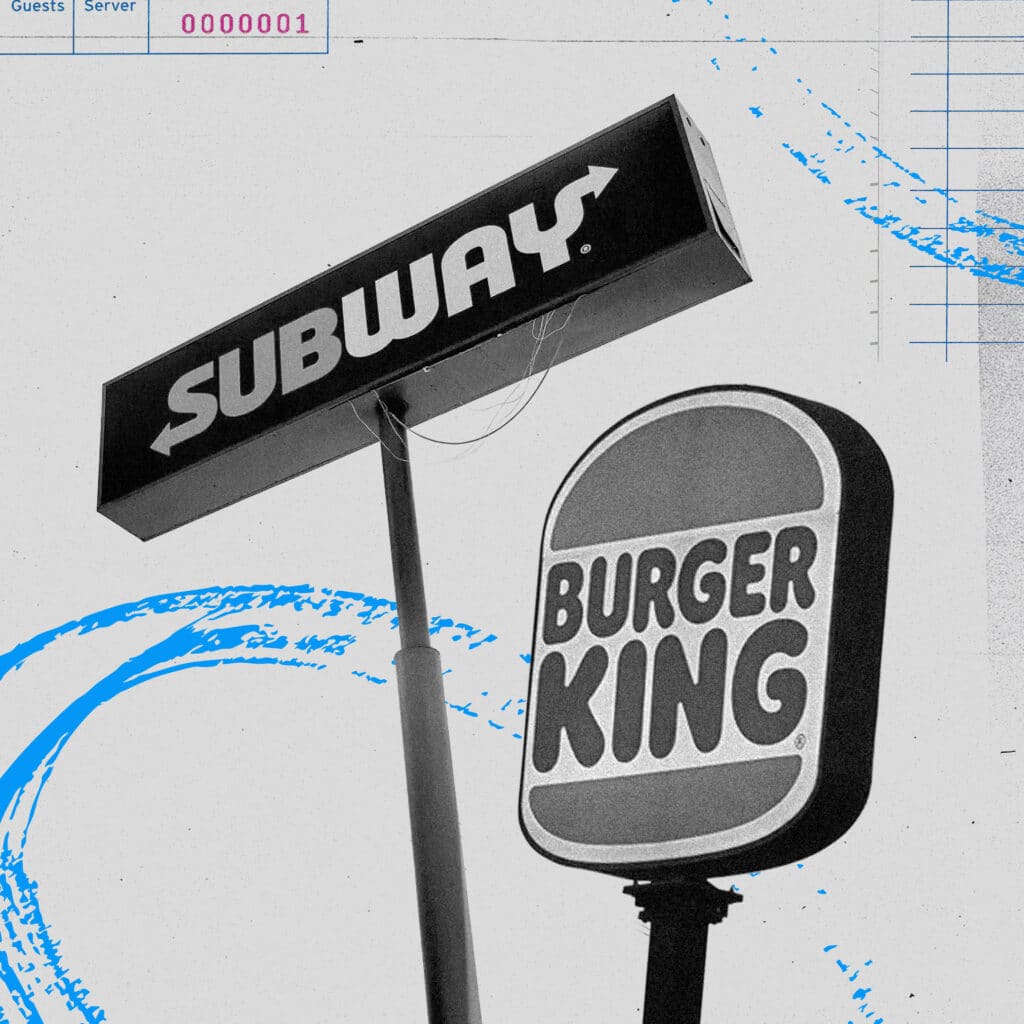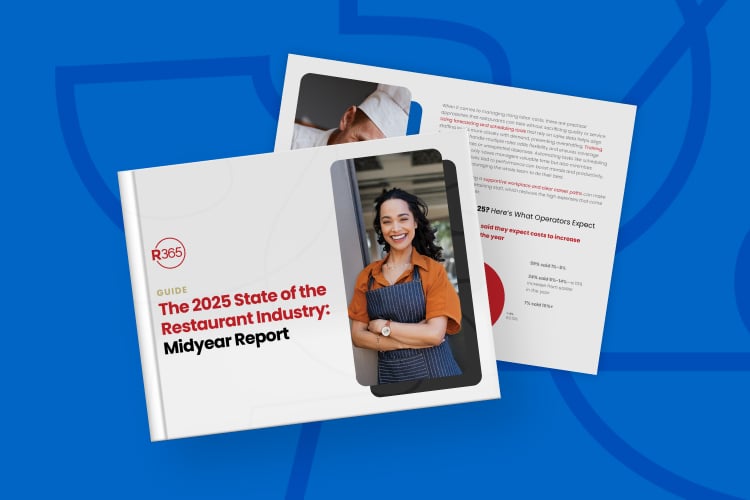By Katia Dmitrieva and Olivia Rockeman, featuring Tony Smith, Restaurant365 CEO and Co-Founder
Emergency unemployment benefits in the U.S. expired two weeks ago, but employers who expected an increase in job applications are still largely waiting for them to roll in.
Federal programs that had offered an extra $300 per week for jobless Americans, provided extended benefits for the long-term unemployed and gave special aid for the self-employed expired Sept. 6. Economists and companies expected a wave of interest from workers as the financial lifeline was pulled away, hoping it would provide the incentive to get back into the workplace.
That hasn’t happened, according to employers across industries.
“People who have been on the sidelines have by and large stayed on the sidelines,” said Richard Wahlquist, president of the American Staffing Association, the country’s largest recruitment-industry group. “Nothing has changed in regard to the benefits that have fallen off and the need for people continues to grow.”
Even Wahlquist is struggling. He’s looking for 10 temporary workers to help at the organization’s conference in Denver at the end of the month, paying as much as $25 an hour. So far, he could only rustle up two.
Across the country, staffing firms and businesses have yet to see a marked uptick in employees. Goldman Sachs Group Inc. economists forecast that the expiration of the federal program this month, which affected about half of U.S. states after the rest ended benefits early, would add 1.3 million people to payrolls by year-end. Other analysts said an end to the federal program should increase labor supply.

“We’re only going to see the impact of the federal UI benefits ending a couple of months from now — I don’t think we’re going to see a big spike one way or another really,” said AnnElizabeth Konkel, an economist at Indeed Inc. “We thought things should be better by Labor Day and they’re not.”
One reason could be pent-up savings, according to Daniel Zhao, senior economist at Glassdoor Inc. Stimulus checks, boosted unemployment benefits and expanded social safety nets drove the savings rate to a record 34% last year, and it remained elevated at 9.6% in July.

Joanie Bily, chief workforce analyst at Atlanta-based EmployBridge, was one of the people who thought that her company would see a “significant increase” in the number of online applications once boosted benefits ended.
“I’ve been asking all of our locations across the U.S.: ‘Are you busier? How does it feel since the benefits have ended?’” said Bily, whose firm connects employees with companies across the U.S., focusing on manufacturing, logistics and call centers. “I pulled the data last night and I thought it would be better, but it’s not.”
Applications increased about 10% in the two dozen states states that ended emergency benefits early — but that was also a boost that lasted only a few weeks, she said.
In the company’s offices in California, the most populous state with recently ended benefits, managers told her there is a slight boost in inquiries for administrative work but “it’s too soon to tell.”
In the restaurant industry, job applications have declined about 3% to 4% each week for the past nine weeks, including the period following the expiry of boosted benefits, according to Restaurant365, a restaurant-management software company.
That’s “contrary to many predictions that aid was the primary factor keeping restaurant workers out of the workforce,” said Tony Smith, CEO and co-founder of the company.
The reasons for the missing workers are many: childcare barriers, a skills mismatch, health concerns — particularly for service-industry jobs and a mass reallocation of work as people reconsider careers.
“As people look at their bank accounts and realize we’re coming to the holiday season, we hope people have more incentive to come back,” said ASA’s Wahlquist.


